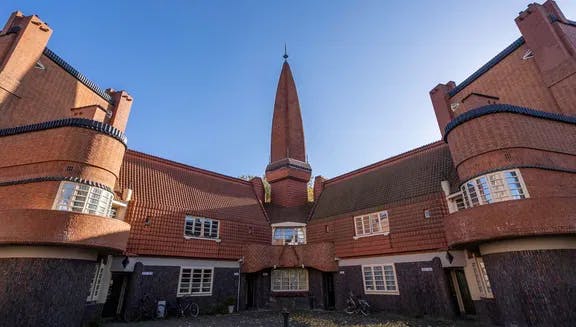
Bos en Lommer & De Baarsjes then and now
Then: from country fields to bricks and mortar
For centuries, most of the city’s western fringe was made up of pastoral landscapes, Bos en Lommer and De Baarsjes included. This rural history lives on in their names: Bos en Lommer, translating literally to ‘Forest and Shade’, was named after a former farmstead, while ‘De Baarsjes’ pays homage to De Drie Baarsjes, a country pub beloved by the local agricultural community since 1642. In the 20th century, these areas were completely transformed by the rise of the Amsterdam School style, an architectural tradition known for its socialist idealism, distinctive brickwork and playful motifs, spearheaded by architect H. P. Berlage. Despite a mid-century decline plagued by neglect and crime, revitalisation efforts in the late 1990s breathed new life into these neighbourhoods. Today, the enduring impact is clear: Bos en Lommer and De Baarsjes are home to thriving communities and attract an influx of residents looking to live in the city’s trendy west.
Now: Cultural revival and the Amsterdam School
Whether they’re schools, churches or squares, the public buildings of Bos en Lommer and De Baarsjes are architectural gems, but it’s their modern reinventions that are making new waves across the city. Reimagined into cultural hotspots, these iconic buildings draw visitors from across the city and beyond. With their unmistakable Amsterdam School style, these buildings echo the spirit of their neighbourhoods: robust, ever-changing and rich in heritage.
The history of the cultural hub Podium Mozaiek typifies Dutch creativity in the repurposing of its spaces. In 2004, the Pnielkerk, a mid-century Protestant church complete with impressive mosaic windows and a patterned façade, was converted into a cultural theatre. Now known as Podium Mozaiek, this venue hosts theatre performances, music events and popular festivals like the recurring Amsterdam Storytelling Festival, seamlessly bringing history and contemporary culture together.
Once a school, MidWest is now a community-oriented cultural centre built with the red brick flair of the Amsterdam School. Nowadays, it keeps its spirit of learning and enrichment alive by hosting art exhibitions, film screenings, performances and workshops, all while emphasising sustainability and social responsibility. Also on its agenda are special events like philosophy dinners, where participants are encouraged to discuss profound questions and share their insights in thoughtful debate.
Over a century ago, Het Sieraad was a trade school that taught carpentry, mechanics, and metalworking. Today, it’s an unmissable part of Amsterdam’s nightlife scene, with a program that features international artists like Dom Dolla and Secret Cinema. In addition to its night-time offerings, it also functions as a popular conference venue. With a rounded canal-front façade and an expansive atrium topped with a glass roof, Het Sieraad is a truly iconic space that offers weather-proof parties all year round.
If you’re passing through De Baarsjes, you can’t help but stop to admire the Jeruzalemkerk. Another example of Amsterdam School architecture, its unusual square tower tapers toward a distinctive copper spire. But the Jeruzalemkerk is more than just a remarkable building, it’s a functioning church with a loyal congregation and a strong sense of community spirit. Looking for a spot from which to sit back and enjoy the architecture? Cafe Cook is open all day, with a sunny terrace and a stellar view of the Jeruzalemkerk to boot.
Related articles
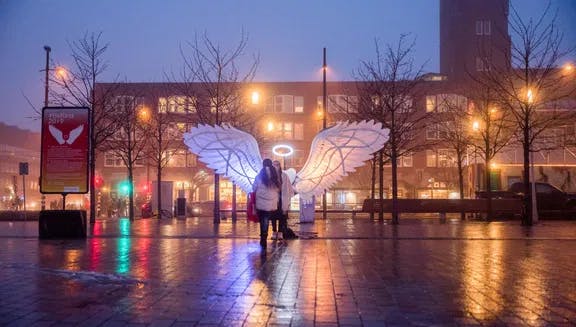
Art and culture in Bos en Lommer & De Baarsjes
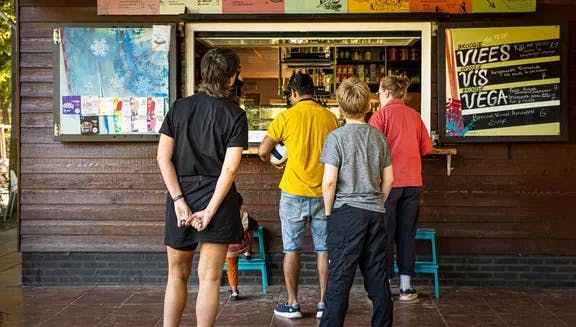
Family and kids in Bos en Lommer & De Baarsjes

Nature and active in Bos en Lommer & De Baarsjes

Things to do in Bos en Lommer & De Baarsjes

Restaurants and bars in Bos en Lommer & De Baarsjes

Amsterdamse School walking route
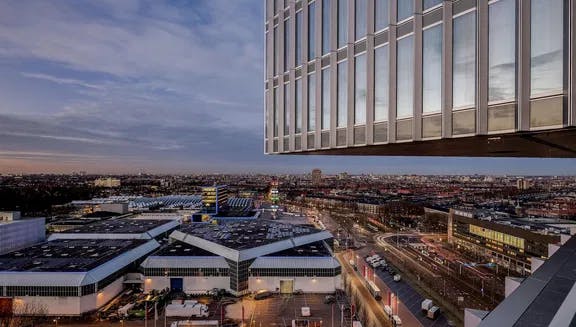
Amsterdam’s architectural style: canals, bridges and many more
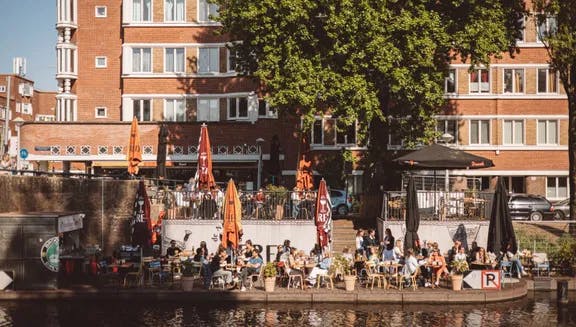
Best terraces in Amsterdam West
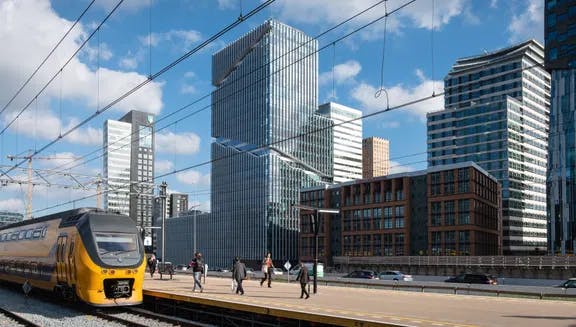
Arrival by train
